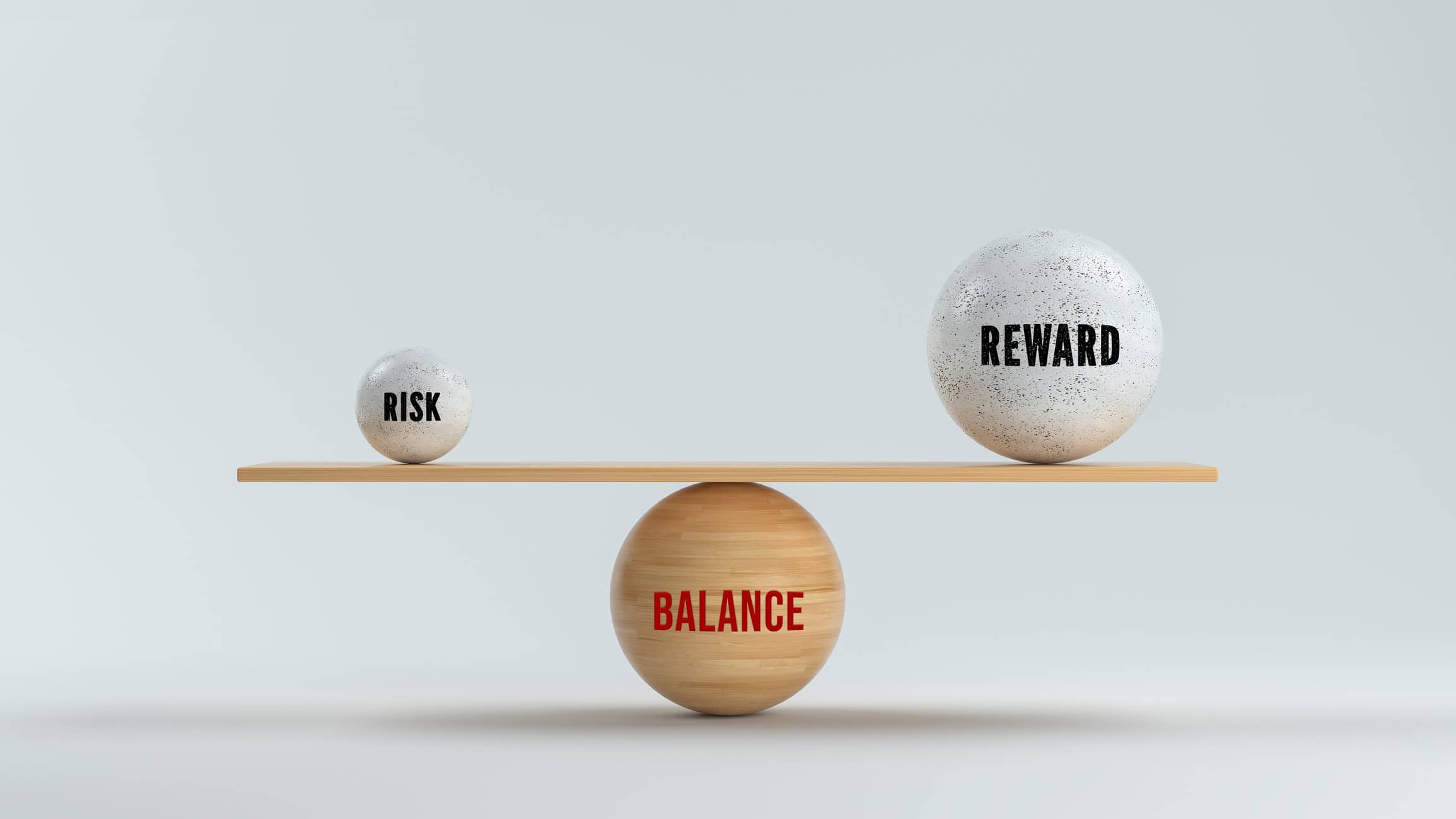
Social Security Strategies for Married Couples
When it comes to social security strategies, have you thought about what age you will claim benefits? As you get closer to retirement, it’s surprising how that question can be a real conversation starter. Social security may not provide the lion’s share of your retirement income. But it’s a key piece of the retirement puzzle because it’s predictable income with tax advantages.
Understanding the basics of social security is the first step to both maximizing your benefits and making a decision that fits with:
- your budget
- your lifestyle
- your desire to retire
- your overall financial plan
If you are married, you have even more options for strategies that can accomplish your goals. Thinking through the age that each partner will claim, and coordinating your dates, can help you get the most out of the benefit.
Social Security by the Numbers
Social security benefits are based on your earnings record. The Social Security Administration (SSA) uses your 35 highest-earning years. This is important because continuing to work at the end of your career when earnings are higher can replace years when earnings were lower or you were not in the workforce. The SSA is using a zero value for the calculation, including those years.
The requirements to be eligible are to be at least 62 years old and to have a work history of at least 40 quarters.
- Full retirement age (FRA) for most people is between ages 65-67, depending on your birth year.
- Early retirement starts at age 62 and goes until your FRA.
- Late retirement starts from your FRA and runs until age 70.
If you take benefits at age 62, your benefits will be about 30% less than someone who retires at FRA. Those who delay past FRA will receive an 8% annual raise up until age 70. After age 70, there is no further increase for delaying benefits.
Adding Spouses to the Equation
If one spouse is a higher earner than the other, there are options that can increase the benefit for the lower-earning spouse. Married couples are eligible for benefits based on their spouse’s work history as well as their own. The higher-earning spouse has to reach at least age 62 and file for benefits for this to apply.
It’s not a straight swap; only 50% of the other spouse’s benefit can be claimed. This amount is reduced in accordance with when the claiming spouse files. If you don’t wait until Full Retirement Age (FRA), the amount of the spouse’s benefit that will be available will be reduced.
This is different from the survivor benefit, which allows 100% of the deceased spouse’s benefit to the surviving spouse.
Thinking Through Four Different Scenarios
There are some moving parts to getting good Social Security strategies in place. Ideally they maximize each spouse’s social security benefit, and fit in with the lifestyle and budgetary decision you want to make. A starting point is to look at four basic scenarios for claiming at different ages.
Scenario 1
The first is for both spouses to claim early – meaning when each spouse hits age 62. The amount of the monthly benefit will be lower. But, if both spouses are high-earners, it may not make enough of a difference to delay. If you want to get a retired life started together, claiming as soon as possible and working through the choices to other areas of your budget may be the best solution. You also want to take overall health and family history into account. Waiting only works in your favor if you claim benefits for a much longer period of time. The higher monthly benefit must make up for years when you didn’t receive anything.
Scenario 2
Waiting to claim at FRA for each spouse increases the monthly benefit and maximizes both the spousal and the survivor benefits. However, unless spouses were born in the same year, this doesn’t provide the benefit of allowing you to get started on retirement together as soon as possible.
Scenario 3
Depending on the ages of the spouses and who is the higher earner, being more strategic and delaying longer than FRA for one spouse may make sense.
Usually, the strategy is for the lower-earning spouse to claim first and before FRA. The higher-earner will wait until age 70 or at some point between FRA and age 70. Because the higher earner’s base benefit is more than the lower earners’, the increase will be higher and more valuable. It may also likely more than outweigh the amount the lower earner sacrifices by retiring early.
As noted above – you don’t need to wait all the way until age 70 to claim in order to increase your benefits. Each year you delay claiming benefits after FRA means an increase of about 8%. Having one or both spouses wait until after FRA or until age 70 maximizes monthly benefits, spousal benefits, and survivor benefits.
Scenario 4
If one person has gaps in employment or the last working years are significantly better remunerated than earlier years, this strategy can be beneficial. There are tax considerations as well. Up to 85% of social security benefits are tax-free. But if income reaches certain levels, more of your social security benefits may be subject to tax. If other sources of income are going to be taxable, such as 401(k) withdrawals, it may make sense to hold off on claiming social security as long as possible. In the meantime, use taxable sources of income to fund retirement while you wait to claim.
The Bottom Line with Social Security Strategies
There are several Social Security strategies you can use when deciding when to claim benefits. The decision can be stressful. Unlike other retirement decisions, the choices you make are permanent and have implications over your entire retirement. It’s important to keep in mind your overall budget and the lifestyle you want to create. Making the social security decision in the context of all other sources of income and in accordance with long-term tax planning will help you create a strategy that works for you.
Hennion & Walsh Experience
We have investment professionals, planners, and portfolio managers who can collectively analyze your situation through the lens of their respective disciplines. Each member brings valuable insights to apply to your situation. Whether you are looking for income strategy guidance or growth strategy guidance, a second opinion of all your investment accounts not currently held at Hennion & Walsh could be beneficial to your financial health.
Disclosures: This commentary is not a recommendation to buy or sell a specific security. Investing in bonds involves risk including possible loss of principal. Income may be subject to state, local, or federal alternative minimum tax. When interest rates rise, bond prices fall, and when interest rates fall, prices rise. Past performance is no guarantee of future results.
All investing involves risk including the possible loss of principal. Past performance does not guarantee future results. The information above is from sources that we believe to be reliable but we do not guarantee their accuracy or completeness.




